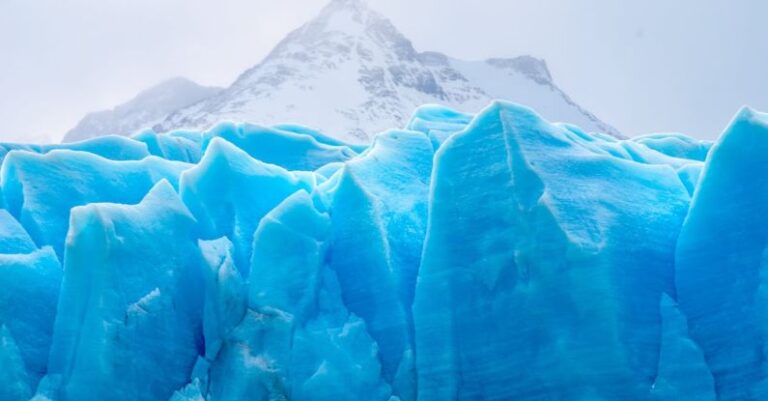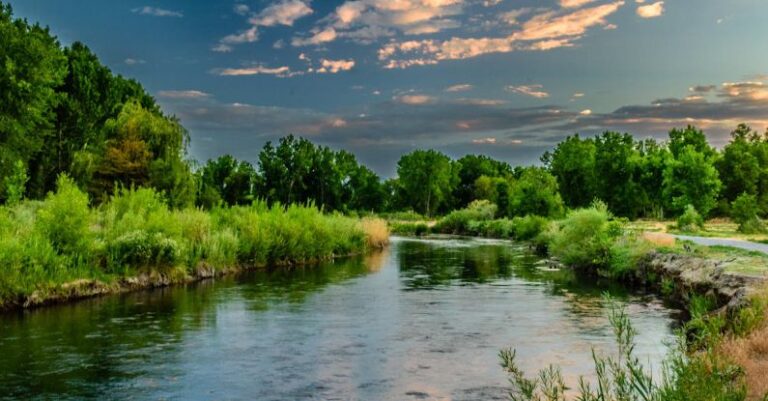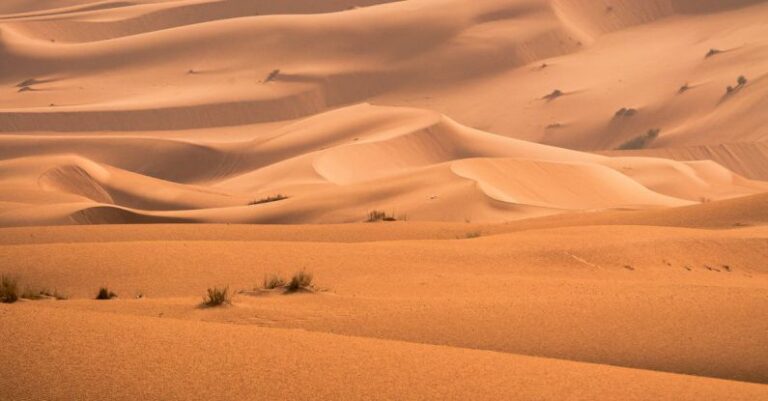
The world is home to a diverse array of ecosystems, each with its own unique characteristics and inhabitants. These ecosystems, known as biomes, play a crucial role in maintaining the balance of life on Earth. From the icy expanses of the tundra to the lush greenery of the rainforest, each biome has its own distinct climate, flora, and fauna. Understanding the different types of biomes can provide valuable insights into the interconnectedness of our planet’s ecosystems.
Tundra Biome
The tundra biome is characterized by its cold, harsh climate and low biodiversity. Found in the Arctic and Antarctic regions, the tundra is covered in permafrost, a layer of permanently frozen soil. Despite its inhospitable conditions, the tundra is home to a variety of hardy plants and animals, such as mosses, lichens, caribou, and polar bears. The short growing season and limited plant life make the tundra one of the most fragile biomes on Earth.
Desert Biome
Deserts are arid regions characterized by minimal precipitation and extreme temperatures. Despite the harsh conditions, deserts are home to a surprising variety of plant and animal species that have adapted to survive in this challenging environment. Cacti, succulents, and reptiles like snakes and lizards are common inhabitants of desert biomes. The ability to conserve water and withstand high temperatures are essential traits for survival in the desert.
Grassland Biome
Grasslands are vast expanses of land covered in grasses and other herbaceous plants. Found on every continent except Antarctica, grasslands play a crucial role in supporting a wide range of wildlife, including grazing animals like bison and antelope. The grassland biome is divided into two main types: savannas, which have scattered trees, and temperate grasslands, which are dominated by grasses. Grasslands are also important for agriculture and provide valuable habitats for many species of birds and insects.
Forest Biome
Forests are some of the most biodiverse ecosystems on Earth, teeming with a wide variety of plant and animal species. There are three main types of forests: tropical, temperate, and boreal. Tropical forests, found near the equator, are known for their high levels of rainfall and year-round warmth. Temperate forests have distinct seasons and are home to deciduous trees like oak and maple. Boreal forests, also known as taiga, are found in northern regions and are dominated by coniferous trees like pine and spruce.
Aquatic Biomes
Aquatic biomes encompass a wide range of water-based ecosystems, including freshwater rivers and lakes, as well as saltwater oceans and seas. These biomes are home to a vast array of aquatic plants and animals, from tiny plankton to massive whales. Coral reefs, mangrove forests, and kelp forests are some of the unique habitats found in aquatic biomes. The health of aquatic ecosystems is crucial for the well-being of marine life and the planet as a whole.
Mountain Biomes
Mountain biomes are found in high-altitude regions and are characterized by rugged terrain, cold temperatures, and low oxygen levels. Mountain ecosystems are home to specialized plant and animal species, such as mountain goats, pines, and alpine flowers. The unique conditions of mountain biomes present challenges to life, but also create opportunities for adaptation and evolution.
In Conclusion
Biomes are essential components of the Earth’s ecosystems, each playing a vital role in maintaining the planet’s biodiversity and ecological balance. By understanding the different types of biomes and the species that inhabit them, we can gain a deeper appreciation for the interconnectedness of life on Earth. Protecting and preserving these diverse ecosystems is crucial for the health of our planet and all its inhabitants.





